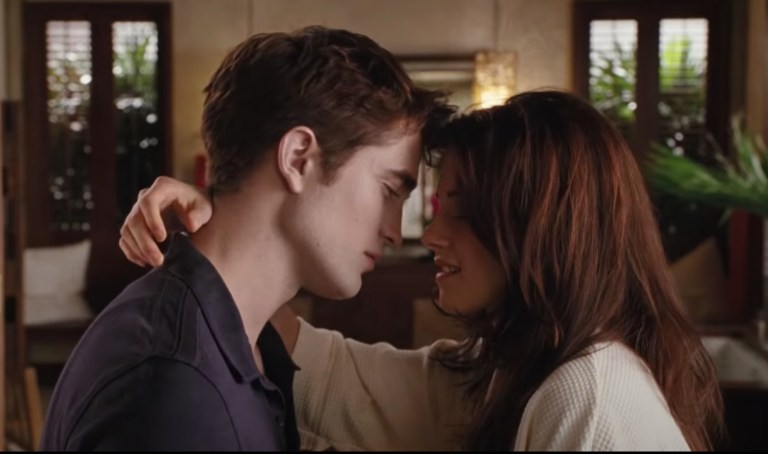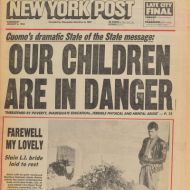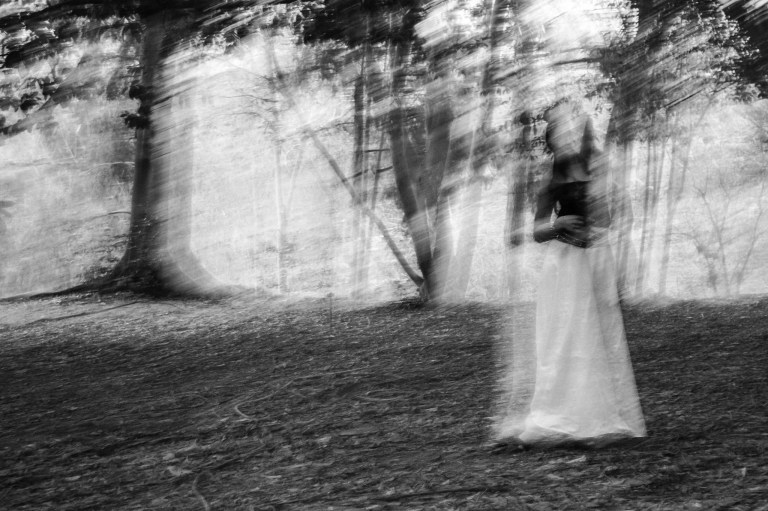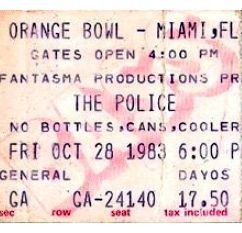A Close Reading Of ‘Regarding Twilight Sparkle’
“I have actually found a chapel that will let you marry someone that most people would consider a fictional character.”
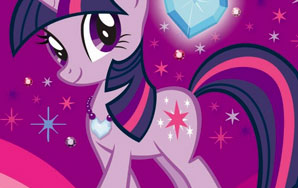

Dr. Leo Buscaglia — a popular lecturer and psychologist in the 1970s — tells us “to love is to risk not being loved in return. To hope is to risk pain. To try is to risk failure, but risks must be taken, because the greatest hazard in life is to risk nothing.”
But what about the debatable love that cannot be returned? Is there a risk in losing what we hold dearest in an effort to hold on to ethereal concepts like art, God, or simply the space between our head and the pillow? Does not the Mother Superior and all her flightless underlings marry a man they will never see nor touch, confident they already have?
It is with these questions in mind I read “Regarding Twilight Sparkle.” The text is a letter sent by a “brony” (a young man with an intense appreciation of My Little Pony) to a Deviantart user — Kevinsano — who creates and collects sexualized images of My Little Pony characters. It’s an odd fetish, but one with a quickly growing fan base. The author claims to be engaged to a particular character, Twilight Sparkle. The letter is half sonnet and half grievance as the soon-to-be groom both explains and justifies his engagement with a fictional character and sternly demands Kevinsano put a stop to pornographic images of Twilight Sparkle.
Let us be clear: If true and not a self-induced incident of trolling (perhaps in an attempt to tarnish bronies everywhere as MTV’s Geek blog suggests), this letter represents a torrid, unhealthy mind. While he presents self-awareness surrounding the bizarre nature of his love, his tenacity in defending it represents a slothic disposition to mental health as an institution.
However, let’s assume the letter is genuine. Let’s assume a grown man has fully disregarded the real world by attempting to hold a detailed, asexual relationship with a purple cartoon horse and feels this so deeply he is willing to defend her image against all who defame it. What can we learn from him? Is it right to develop a love knowing the risk of “not being loved in return”? What does this imply for love, for fanboyism, for the basic building blocks of subcultures? And perhaps most importantly, what the fuck is up with this guy?
As previously stated, the author (let’s call him Mr. Sparkle) spends the first half of the letter admitting how weird he is: “This may be the strangest message you’ll ever receive,” he begins, “but I do hope you’ll take the time to consider and hear what I have to say.” He kindly gets to the point, asking Kevinsano to not have his friends or himself draw Twilight Sparkle in “sexually oriented pony art” but rather “draw some pony other than Twilight Sparkle.”
Mr. Sparkle goes on to explain Twilight is his “fiance” and they plan to marry this summer “should everything go as planned financially speaking.” But here is where reality is truly broken: “I have actually found a chapel that will let you marry someone that most people would consider a fictional character.”
Twilight (or “Twiley” as he goes on to call her) is a fictional character. It is not a matter of debate. However, as I questioned his line of thinking, I was reminded of many arguments in favor of a deity’s existence. I’m not suggesting Twilight Sparkle is as real to Mr. Sparkle as God is to a Christian (it should be noted here that Catholic nuns “marry” Christ), but where do we draw that line?
Perhaps at the beginning. Most gods rely on an ethereal creation story, one that presupposes their eternal nature. Twilight Sparkle, however, is a cartoon with an artist behind her. According to the Friendship Is Magic wiki, Twilight Sparkle was the creation of Lauren Faust. Faust is an animator and voice actor who has also done work on The Powerpuff Girls and (coincidentally enough) Foster’s Home for Imaginary Friends. She is an actual person with an actual career and an actual husband. This isn’t Moses. This isn’t David. It’s not even Paul of Tarsus. This is a person with a Twitter.
So if Twilight Sparkle’s creation as a fictional being can be pinpointed, who (or what) is Mr. Sparkles in love with? Or perhaps we should ask another question: Would we find this letter so creepy if, instead of a cartoon pony, the author were this obsessed over Mrs. Faust? She is, after all the the artistic voice behind Twilight Sparkle and is therefore responsible for all the details Mr. Sparkle finds so interesting (“I have a beautiful hand made custom Twilight Sparkle plushie that I can hug, kiss, cuddle up in bed to go to sleep at night, and take out on the town to do all the fun things that couples do”). So why not cut out the middle-man and say you’re engaged to Faust?
There are several reasons many might find this more creepy. After all, Lauren Faust is a real, married women and plenty of celebrities and artists have known the wrath of a stalker scorned. But if our concern is the harm Mr. Sparkle’s love may do, why should we care about his “relationship” at all? Twilight Sparkle cannot be physically harmed and is in no immediate danger. What’s the risk?
Past describing his love for Twilight, Mr. Sparkle goes on to lament Kevinsano’s creation and distribution of My Little Pony porn. “Twilight is always depicted as if she was your sexual plaything,” complains Mr. Sparkles, “drawn wearing a collar with your name on it…And I know quite well Twilight Sparkle is not your plaything nor your property, she’s my fiance.”
This is perhaps a more relatable emotion. We all have a cultural artifact we would be in pain to see misused. The Flaming Lips, for example, have been breaking my heart by not just appearing in commercials or licensing past songs, but by writing songs for commercials. It cheapens them in much the same way (though not to the same degree) as art depicting whom you believe to be the love of your life in sexual positions might. And this trend rings throughout popular culture. Look at the Beliebers, who ritualistically follow a person they’ve never met and harp on any misuse of his name or image. Redditors and 4chan regularly decry anyone who misuses or attempts to profit from their precious memes. Football fans are currently lamenting the changing of rules to prevent concussions all because they believe it damages the integrity of the “game”–a far more abstract concept than a cartoon drawing.
This is not to say these subcultures take it to the level adorned by Mr. Sparkle. Hell, not even most Bronies go that crazy. But what we do have here is the end point of a cultural ritual taken too far. The author of this letter — if it is to be believed — is deep in a delusion which is denying him real, fulfilling relationships. However, the same instinct that leads him to defend his supposed fiance is what drives us toward all culture and art. Let’s not fool ourselves: a show like Mad Men is a fantastic work of art, but it is still a form of escapism. Escaping the harsh nature of reality is why we tell stories, sing songs, and draw ponies who defend friendship with magic. They allow us to both escape reality and make sense of it, all while creating an individualized view of what that art should be. Our goal for good art is not to fulfill needs centered on continuity, believability, or even talent. The art you consider “good” relates to you as a person, not to a predefined rubric. And once it does, it becomes yours to defend and to trust, to know and to love, to have and to hold. 
